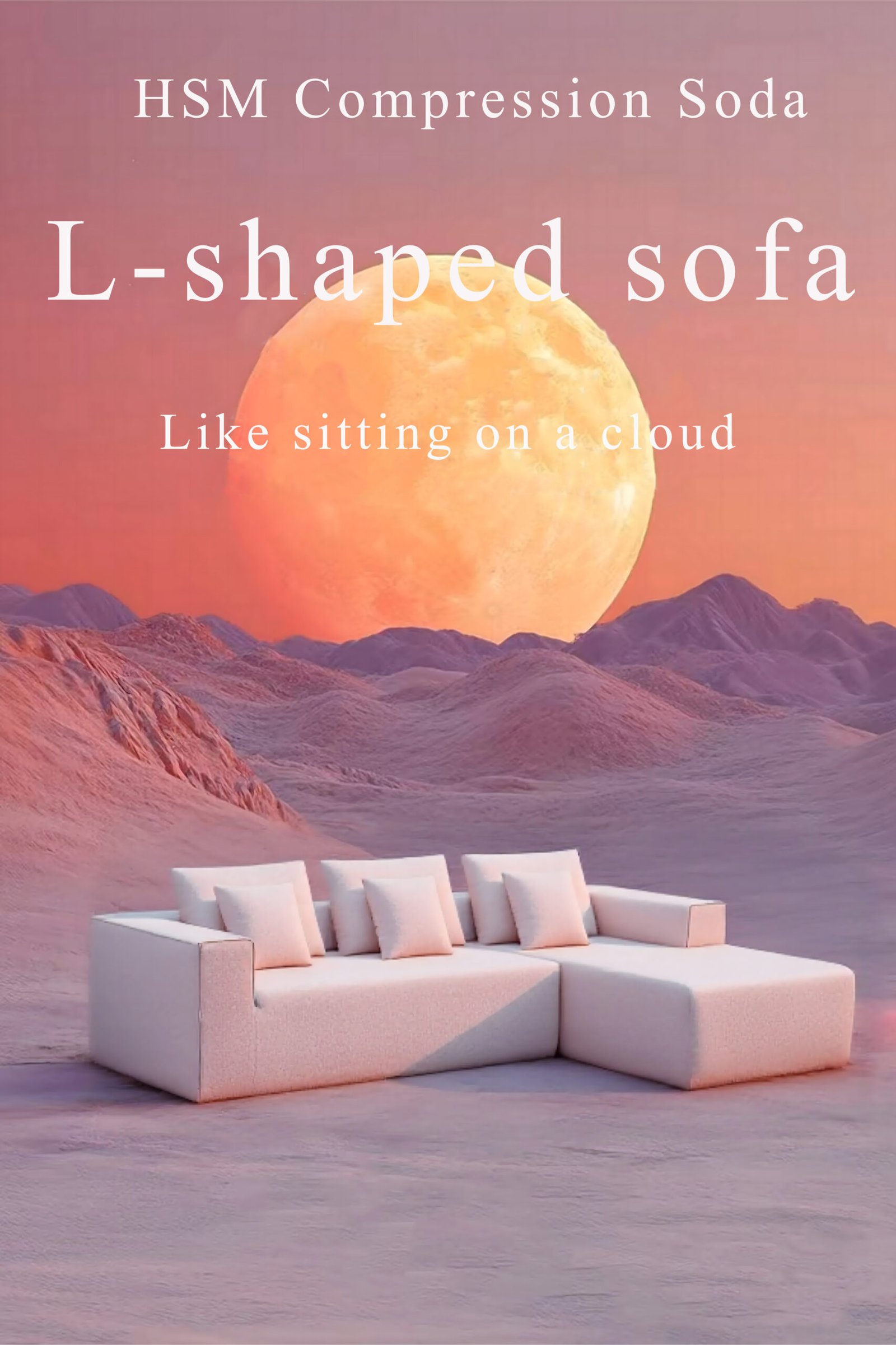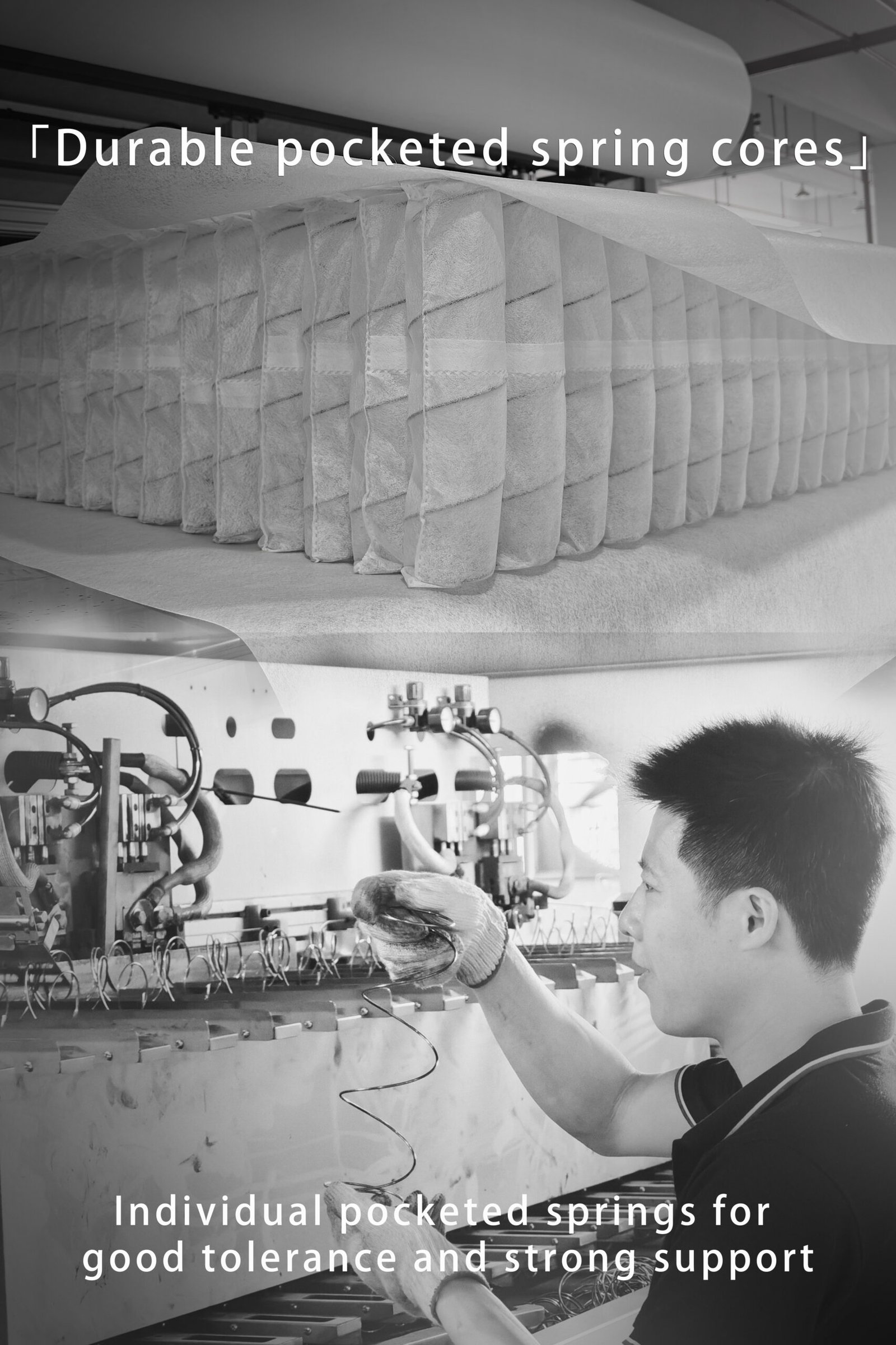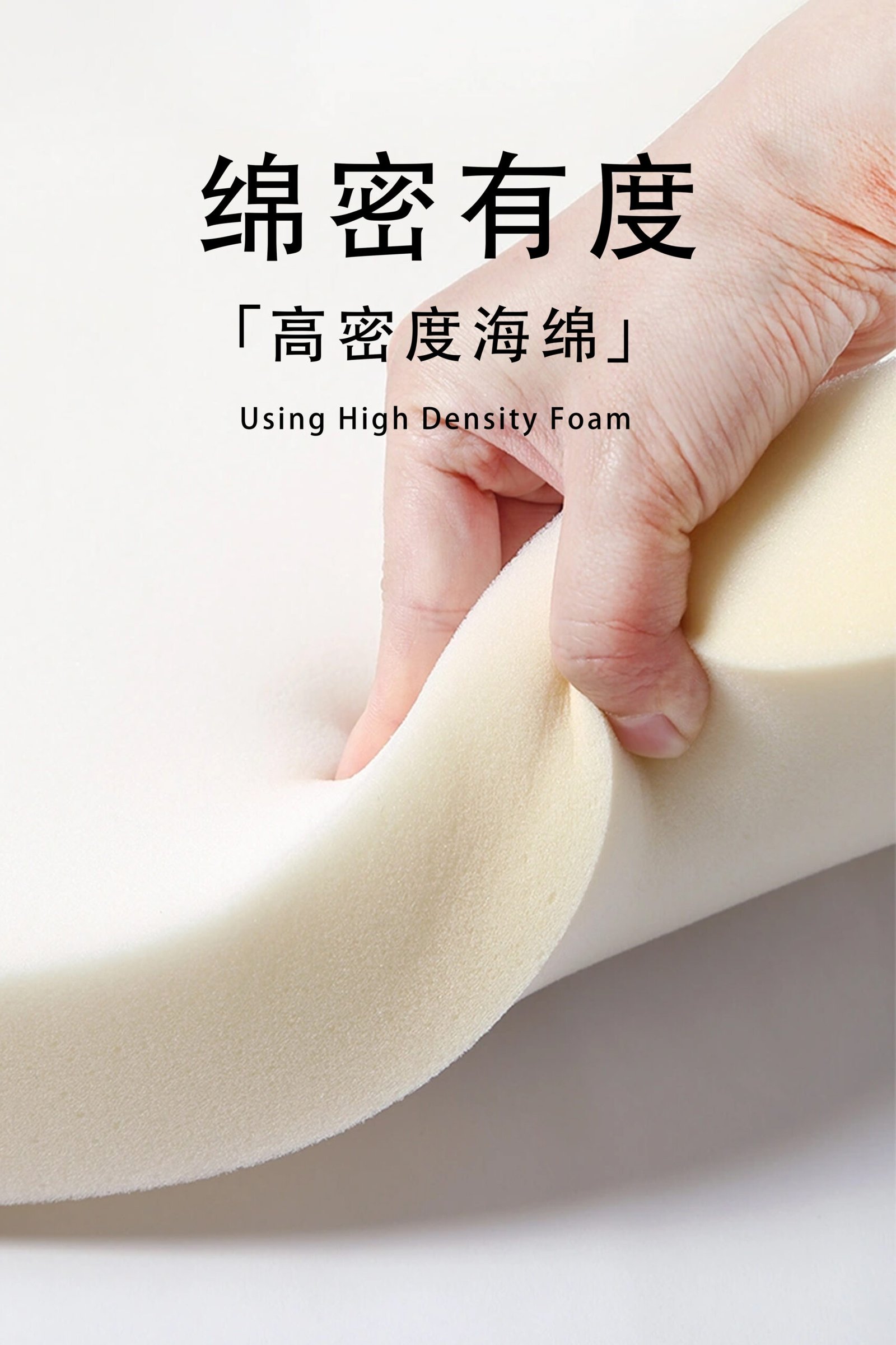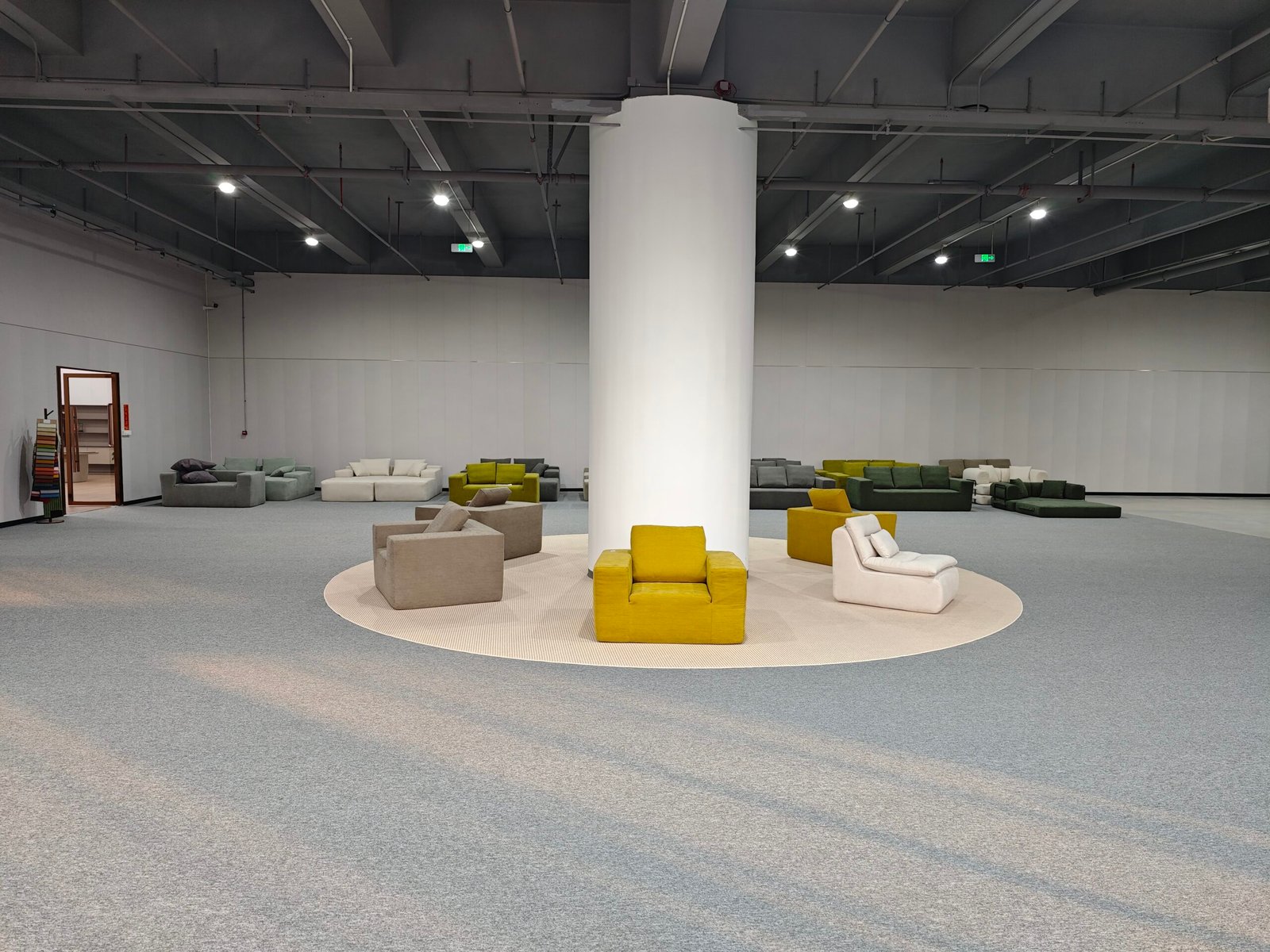
Compressed sofa packaging plays a crucial role in protecting products during transit, but traditional materials contribute to pollution.
Yes, biodegradable options for compressed sofa packaging exist, including bioplastics, plant-based wraps, mushroom packaging, and recycled paper products. These alternatives reduce environmental impact while maintaining protection and durability.
Traditional packaging materials such as plastic wraps, foam, and cardboard dominate the furniture industry. However, they pose significant environmental challenges. This article explores biodegradable packaging options that align with sustainability trends while ensuring effective protection for compressed sofas.
What Are the Current Packaging Materials for Compressed Sofas?

Traditional sofa packaging materials prioritize durability and protection but contribute to pollution and waste.
Most compressed sofas are packaged using plastic wraps, foam, and cardboard. Plastic wraps provide moisture resistance but are non-biodegradable. Foam cushions against impact but is derived from petrochemicals. Cardboard offers structural support but contributes to deforestation and energy consumption.
Environmental Drawbacks of Traditional Packaging
| Material | Environmental Issues |
|---|---|
| Plastic Wraps | Non-biodegradable, pollutes oceans and landfills |
| Foam | Petrochemical-based, adds to landfill waste |
| Cardboard | High energy use, contributes to deforestation |
These materials pose long-term sustainability concerns, urging the need for biodegradable solutions.
What Biodegradable Materials Can Replace Traditional Packaging?

Sustainable materials like bioplastics, plant-based wraps, and mushroom packaging are emerging as viable alternatives.
Biodegradable Packaging Options
- Bioplastics – Made from renewable resources like cornstarch and sugarcane, these materials break down naturally.
- Plant-Based Wraps – Derived from cellulose, soy protein, and seaweed, these wraps offer moisture protection and biodegradability.
- Mushroom Packaging – Created from mycelium and agricultural waste, this packaging provides cushioning and decomposes naturally.
- Recycled Paper Products – Corrugated cardboard and molded pulp reduce deforestation and energy use while being compostable.
What Are the Advantages of Biodegradable Sofa Packaging?

Eco-friendly packaging reduces waste, pollution, and carbon footprint, benefiting both businesses and consumers.
Key Benefits of Biodegradable Packaging
- Reduces Landfill Waste – Decomposes naturally, minimizing long-term pollution.
- Lower Carbon Footprint – Requires less energy and fewer resources for production and disposal.
- Enhances Brand Image – Aligns with consumer demand for sustainable products.
- Regulatory Compliance – Meets emerging environmental laws and sustainability goals.
What Challenges Exist in Adopting Biodegradable Packaging?

While sustainable, biodegradable materials have cost, durability, and supply chain challenges.
Common Challenges
| Challenge | Impact on Adoption |
|---|---|
| Higher Costs | More expensive than conventional materials |
| Durability Issues | Must withstand compression and transportation |
| Availability | Limited production and accessibility |
Despite these challenges, ongoing innovations and increasing demand are making biodegradable solutions more viable for the furniture industry.
What Are Some Successful Examples of Biodegradable Sofa Packaging?

Companies like IKEA and Joybird are pioneering eco-friendly furniture packaging solutions.
Case Studies
- IKEA – Uses mushroom-based packaging and recycled materials to reduce environmental impact.
- Joybird – Incorporates plant-based wraps and recycled paper in its packaging strategy.
- Ecovative Design – Develops mycelium-based packaging for various industries, including furniture.
These companies showcase the potential of sustainable packaging in the furniture industry.
Conclusion
Biodegradable packaging for compressed sofas is a viable and necessary shift toward sustainability. While challenges exist, the benefits far outweigh the drawbacks. With continuous innovation and consumer demand for eco-friendly solutions, the future of sustainable sofa packaging looks promising.